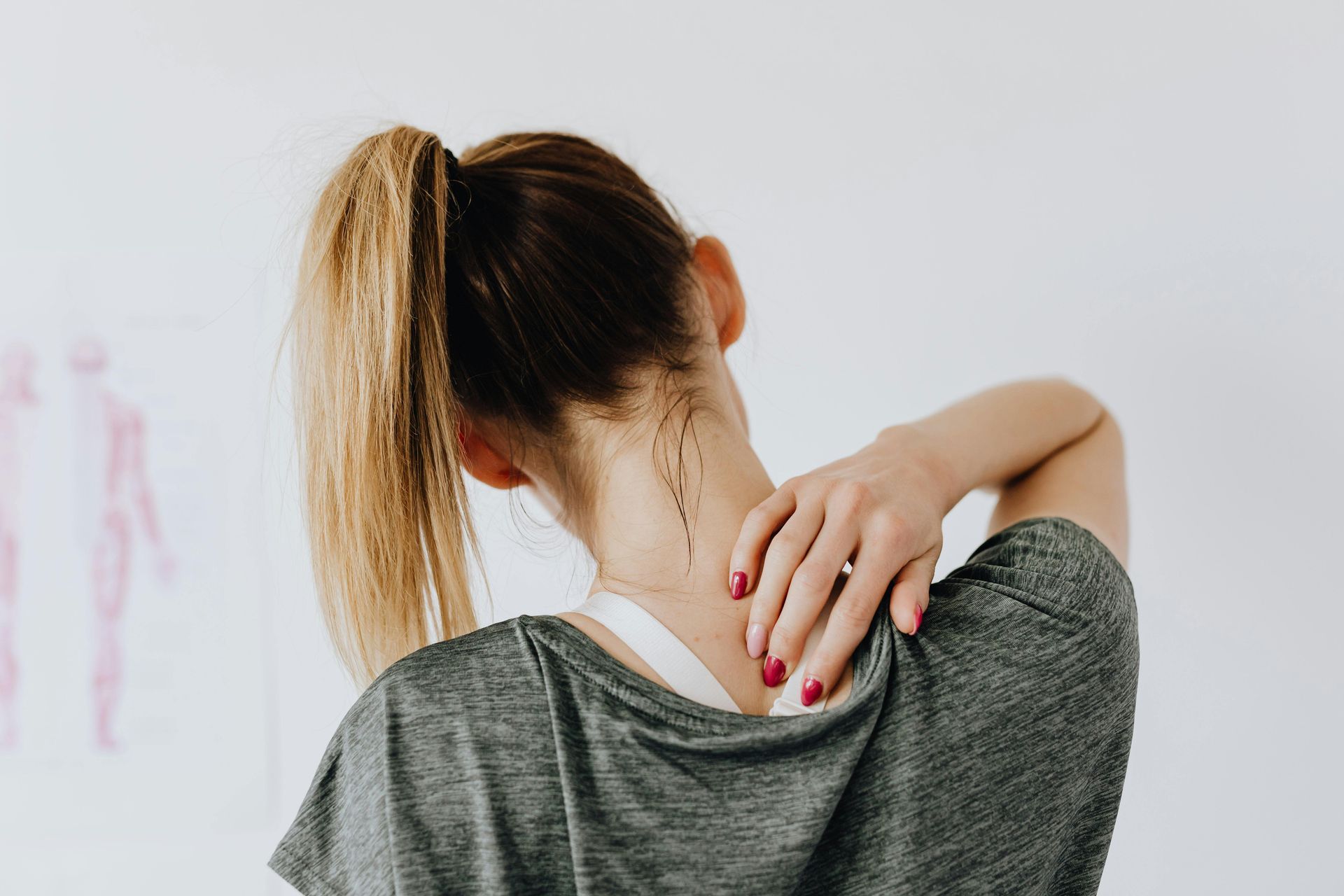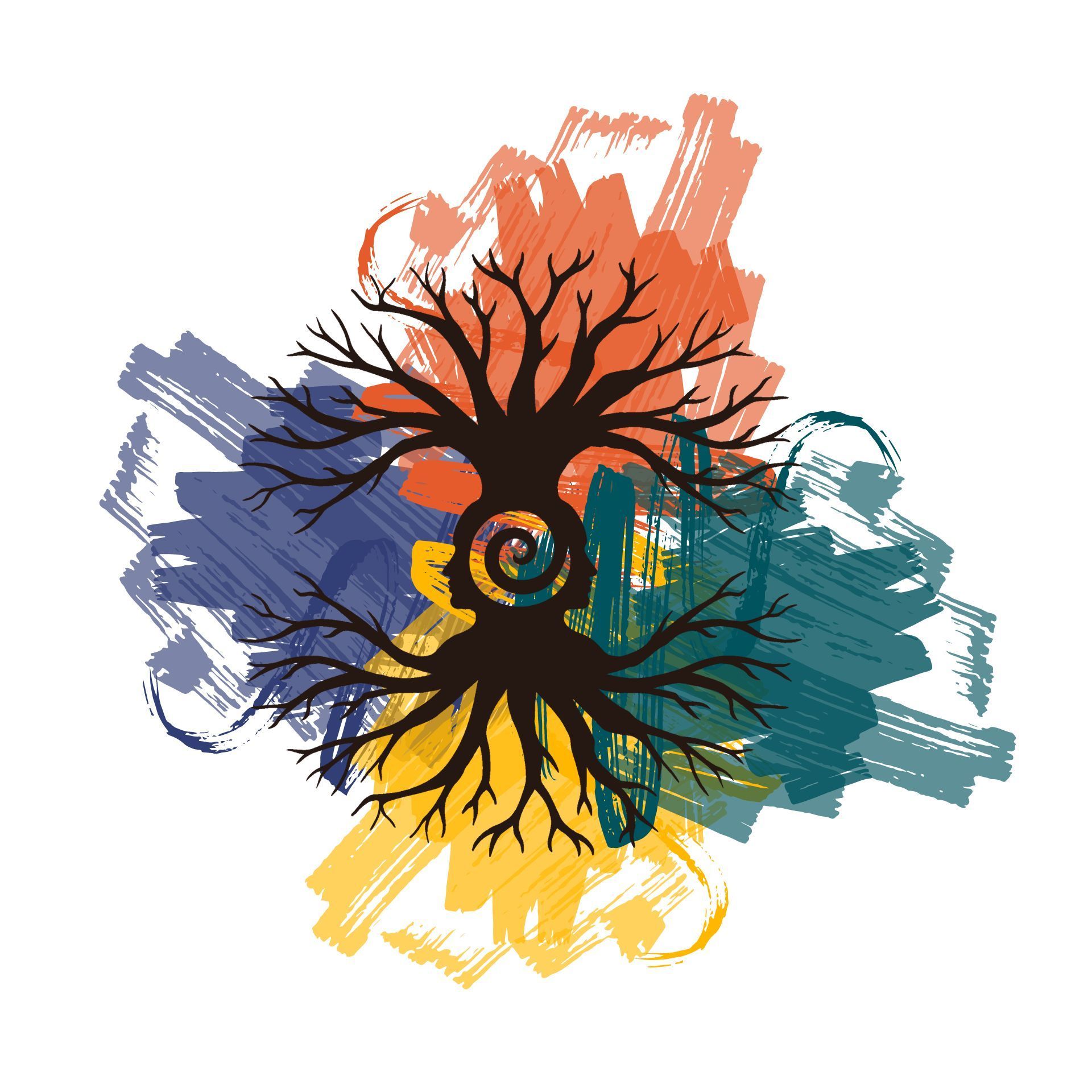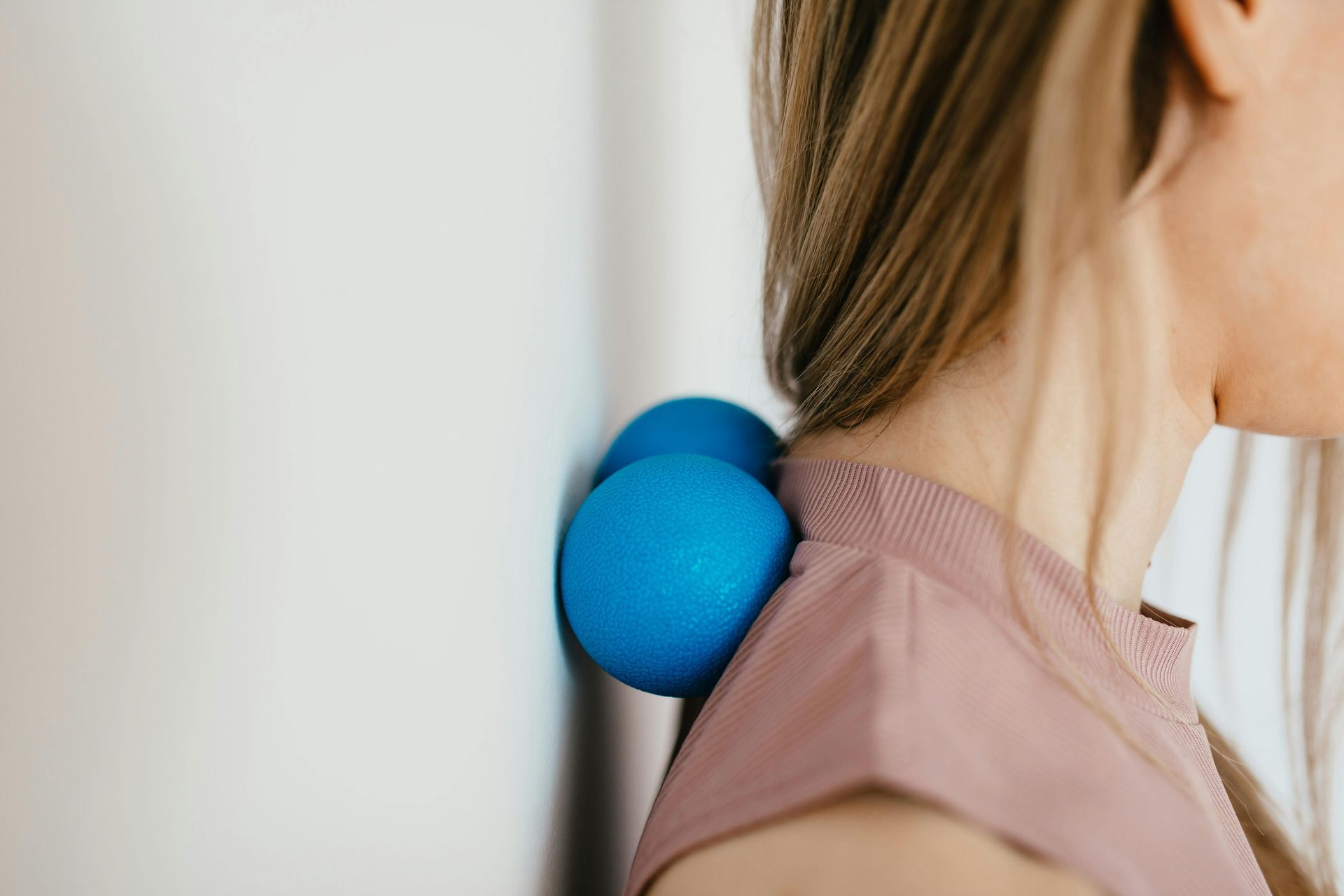How tuning in to your body’s needs this holiday can inspire real and lasting growth.

The Holiday Hustle: Why Awareness Slips Away
Let’s be honest—between Halloween, Thanksgiving, Christmas, and New Year’s, most of us are running on autopilot. It’s perfectly normal to feel like your brain (and body) barely has time to catch up, let alone savor the moment or set a truly mindful intention.
But what if—amid the sweets, sales, and shiny resolutions—we pressed pause long enough to notice how we really feel? Awareness isn’t just a spiritual buzzword; it’s the starting line for any real, lasting change. In fact, in Ayurveda (the ancient science of life), everything—from healing to healthy habit-building—begins with awareness.
Beyond the Hype: The Energetic Meaning of “New Year”
Everywhere you look, there are reminders to “start fresh”—new gym signups, discounted yoga classes, even your grocery aisle “health reset.” And though, yes, you can change habits any time, there’s a special power in this collective surge. The turning of the year brings an energetic invitation for what Ayurveda calls rebirth or renewal—a time when nature slows, bodies crave routine, and our minds are hungry for reflection.
Think of the “New Year” less as a grand performance and more like spring-cleaning for your soul. It’s about noticing the old patterns (mental or physical), letting go of what doesn’t serve, and choosing one nourishing new practice you’ll truly stick with.
What Ancient Wisdom (and Your Body) Can Teach
Ayurvedic Insights for Seasonal Awareness
- Honor the Season’s Energy: Winter is a time to restore, not overextend. Ayurveda encourages slowing down, prioritizing warmth, sleep, and gentle movement.
- Routine is Ritual: Daily routines—what Ayurveda calls “dinacharya”—anchor us in the present, making us less reactive to seasonal stressors.
- Digest What You Take In: Not just food! Take time to process emotions, experiences, and even those extra family gatherings.
Kinetic Chains and Massage: The Body Reflects Our Habits
Modern science echoes what old traditions teach: our bodies remember everything—from posture at work, to movement in workouts, to how we hold stress. When we move out of awareness (think: holiday chaos or flurries of resolutions) we risk falling into old postural habits, muscle imbalances, or even injury.
- Kinetic Chain Wisdom: No single muscle or joint operates alone. What happens at your feet affects your back, neck, and even your mental state! Small, mindful changes—better posture, more movement variety, regular bodywork—add up to real renewal [from "Kinetic Chains"].
- Massage as Reset: Regular massage helps us tune in, break free from “autopilot” movement and stress, and restore natural balance.
So… What Works Instead
Let’s cut through the Instagram noise: you don’t need to overhaul your entire life on January 1st. Studies and traditional wisdom agree: lasting change sticks when it starts with awareness, is anchored in routine, and honors your real needs—mind, body, and soul.
How to Harness the Spark (Without the Burnout):
- 1. Tune In First: Before making resolutions, pause. Notice how your body feels, your stress levels, your cravings for connection or rest.
- 2. Start Small and Real: Pick one habit, not five. Maybe ten minutes of stretching, a weekly massage, or daily deep breaths. Micro-changes add up.
- 3. Use Collective Energy: Let the “reset” energy of the season motivate you, but do it on your terms. Buddy up with friends, join a wellness challenge, or simply tell someone your goal.
- 4. Reflect and Adjust: Regularly check in with yourself: Is this working? Do you feel better? If not, tweak gently. Renewal isn’t all-or-nothing.
Suggest a graphic: “Ayurvedic Routine Ideas for Winter Renewal”
Try This Mini Ritual
- Set aside 5 minutes—yes, really!
- Take three slow breaths, feeling your body on the chair or floor.
- Ask yourself: What do I actually need—rest, movement, connection?
- Do it immediately, or plan the time for it.
As the holidays sweep us along, it’s easy to lose sight of what our bodies and minds truly need. This blog reminds us that meaningful routines and new beginnings aren’t found in hype or quick fixes, but in gentle awareness and small, mindful changes. By noticing our patterns—both mental and physical—and tuning into how holiday habits ripple through our body’s interconnected systems, we can break free from autopilot and return to balance. Science and best practices show that by integrating restorative routines, listening to our movement (kinetic chain) needs, and embracing supportive self-care like massage, lasting change is gently built, not willed into being overnight. If you're ready for a massage routine to help you tune-in to your body, click "Start Now" below. Regardless of what you decide to change, adjust or revamp- start small, stay connected to yourself and others, and let this season’s energy help you grow into your healthiest self—one mindful step at a time.







